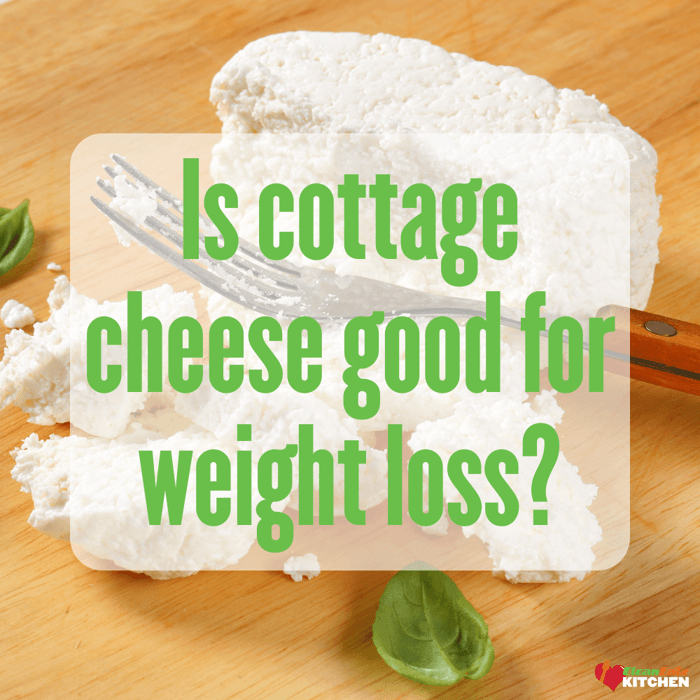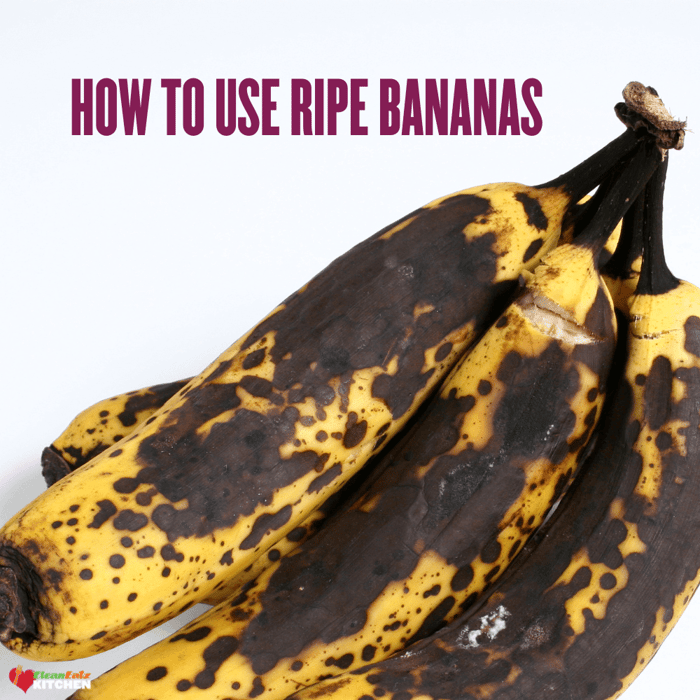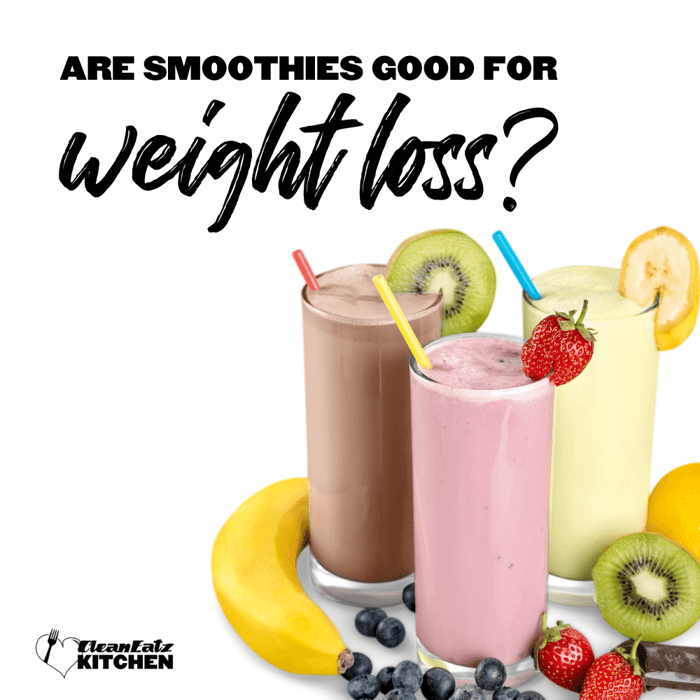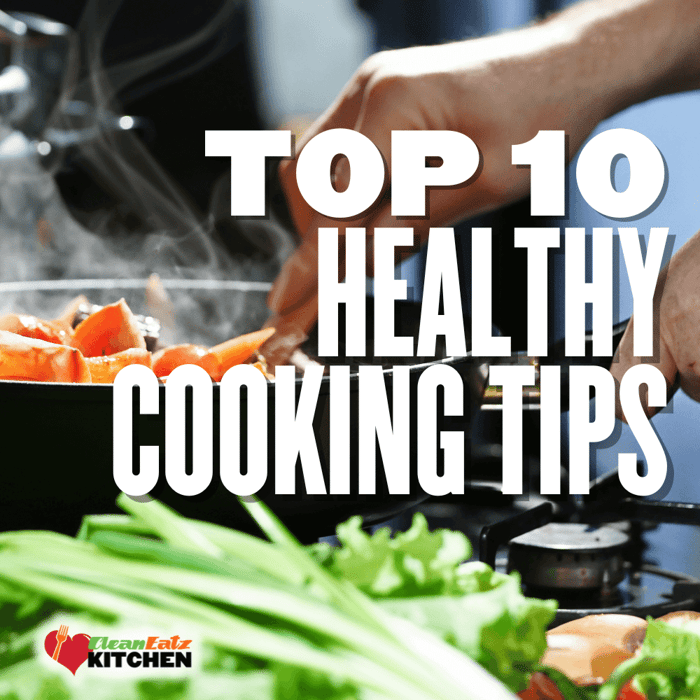Updated October 6, 2025 • 6–8 minute read
TL;DR
- Short answer: Yes. Cottage cheese is high in protein for relatively few calories, which helps fullness and lean-mass retention while losing weight.
- Per ½ cup (≈113 g): typically ~12 g protein and ~80–120 calories depending on fat level.
- Best picks for weight loss: low-fat or nonfat versions. If watching sodium, look for low-sodium or “no salt added.”
Nutrition at a glance (per ½ cup)
| Type | Calories | Protein | Carbs | Fat | Sodium |
|---|---|---|---|---|---|
| Nonfat (0%) | ~81 | ~11.7 g | ~7.5 g | ~0.3 g | ~420 mg |
| Low-fat (2%) | ~92 | ~11.8 g | ~5.4 g | ~2.6 g | ~348 mg |
| Regular (4%) | ~120 | ~12 g | ~6 g | ~5 g | ~350 mg |
Values vary by brand; always check your label.
Why cottage cheese can help with weight loss
- Protein for fullness: Protein increases satiety so you’re satisfied on fewer calories.
- Muscle maintenance: Dairy proteins are rich in leucine, which supports muscle while cutting. A ½-cup serving provides roughly ~1.17–1.19 g leucine; 1 cup lands near ~2.3 g.
- Versatile & fast: Eat it sweet or savory, on toast, in scrambles, blended into smoothies—no cooking required.
Potential downsides (and easy fixes)
- Sodium: Many tubs land around 15–18% DV per ½ cup. Choose low-sodium or “no salt added,” or balance the rest of your day.
- Lactose: It has more lactose than aged cheeses but far less than milk. Start with ¼–½ cup or pick lactose-free brands if you’re sensitive.
- Calorie creep: Honey, granola, and nut butters add up. Keep mix-ins measured if you’re in a tight deficit.
How to buy the best cottage cheese
- Pick your fat level for your goal: Cutting calories? Choose nonfat or 1–2%. Prefer richness and extra satiety? 4% is fine—just portion it.
- Check the label for “live & active cultures” if you want potential probiotic benefits.
- Compare sodium across brands, especially if you monitor salt intake.
How much should you eat?
A practical target is ½–1 cup per serving (≈12–24 g protein). That fits nicely into 20–40 g protein per meal—a common range for satiety and muscle support during weight loss.
10 easy, high-protein ways to eat it
- Sweet & simple: ½ cup cottage cheese + ½ cup berries + cinnamon.
- Savory bowl: Mix with diced cucumber, cherry tomatoes, black pepper, and everything-bagel seasoning.
- High-protein toast: Spread on whole-grain toast; top with tomato & basil.
- Egg scramble boost: Stir into eggs right at the end for creaminess + protein.
- Smoothie thickener: Blend ½ cup into a berry smoothie for protein without powder.
- Stuffed peppers or wraps: Swap ricotta for cottage cheese.
- Pancake batter: Blend into batter for a protein lift.
- “Cheesecake” bowl: Cottage cheese + vanilla + lemon zest; top with a few graham crumbs.
- Pre-workout snack: ½ cup + pineapple for quick carbs + protein.
- Night snack: ½ cup with cinnamon—slow-digesting casein helps overnight satiety.
Clean Eatz Kitchen picks that pair perfectly
- Meal Plans — build your week and add cottage cheese as a snack to hit your protein goal.
- Overnight Oats — balanced carbs + protein when paired with cottage cheese.
- Breakfast Sandwich or Protein PB&J — add a mini cup of cottage cheese for extra protein.
- Mac & Cheese Meal Plan — great on busy weeks; keep hunger down with a cottage-cheese snack.
- Clean Eatz Snacks — more protein snacks to mix in.
- Nutrition Info — more details on macros and ingredients.
Frequently asked questions
Is cottage cheese actually good for losing weight?
Yes—because it packs a lot of protein for relatively few calories. That combination supports fullness and helps protect lean mass during a calorie deficit. Results are best when total calories are controlled.
Which is better for weight loss: cottage cheese or Greek yogurt?
Both are excellent. Greek yogurt often has slightly more protein per calorie; cottage cheese has similar protein with a different texture. Pick the one you enjoy and will eat consistently—or rotate both.
How much sodium is in cottage cheese?
Many regular brands land around 15–18% of the Daily Value per ½-cup serving. If you watch sodium, choose “low-sodium” or “no salt added” options.
Does cottage cheese have probiotics?
Some do. Look for labels that say “live & active cultures.” If you don’t see that phrasing, it likely doesn’t contain probiotics.
I’m lactose intolerant—can I still eat it?
Often, yes in small portions. Cottage cheese has less lactose than milk but more than aged cheeses. Start with ¼–½ cup, or choose lactose-free brands.
How much leucine is in cottage cheese?
Roughly ~1.17–1.19 g per ½ cup depending on fat level; 1 cup is around ~2.3 g, near the common 2–3 g leucine target per meal.




